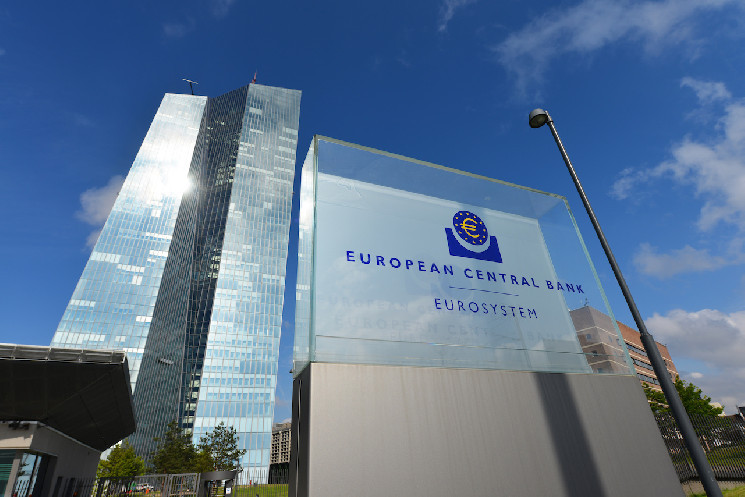Disclosure: Crypto is a high-risk asset class. This article is provided for informational purposes and does not constitute investment advice. By using this website, you agree to our terms and conditions. We may utilise affiliate links within our content, and receive commission.
It’s not just crypto: old-fashioned banknotes have a noticeable energy footprint worth reducing, according to the European Central Bank (ECB).
In a newly published report, the central bank outlined how the elaborate physical infrastructure used to support eurozone cash can affect the environment – from the acquisition of raw materials to the distribution of banknotes themselves.
Going by the European Commission’s methodology, the environmental impact of a typical euro area citizen’s annual consumption activities using cash is roughly equal to driving a standard car for eight kilometers.
That’s an incredibly low score compared to other everyday products. For example, the Commission measures the impact of a cotton t-shirt that is washed once a week to have an annual impact equal to driving fifty-five kilometers.
In light of the figure, the ECB wrote:
“Even though the environmental impact of paying with euro banknotes is overall very low, the Eurosystem is committed to reducing it further… This work will feed into the development of our future series of euro banknotes to make them as environmentally friendly as possible.”
According to the study, the core environmental impact of banknotes comes from powering ATMs (37%) and transportation (35%), alongside processing during the distribution stage (10%). Another 14% is related to paper manufacturing and authenticating at the point of sale.
The ECB noted that cash remains the most commonly used form of payment in the euro area. It reported a survey in February showing that over half of payments in shops and restaurants in Europe are still made with coins or banknotes.
Though the ECB has begun researching the potential launch of a digital euro, President Christine Lagarde has emphasized that its launch would not be designed to eradicate cash.
How Bitcoin Compares
Bitcoin (BTC) consumes far more energy than European cash – a fact oft-repeated by the ECB and its crypto critical President.
As the central bank warned in a prior report, the entire Bitcoin network consumes energy rivaling certain small and mid-sized countries including Spain and the Netherlands. It wrote:
“Increasing financial exposures to crypto-assets with a significant carbon footprint are contributing to elevated climate transition risk for the financial system.”
The ECB has also emphasized that BTC does not meet the criteria of a “currency” since it is too volatile and lacks adoption as a medium of exchange.
Bitcoin’s high energy consumption is due to its proof of work consensus mechanism, which is required to keep its ledger of transactions decentralized. Bitcoin miners – the entities that consume such power – are rewarded with newly issued BTC.
Survey data from the Bitcoin Mining Council and other research suggests that over half of the Bitcoin mining industry is powered by renewable energy.
Read the full article here

